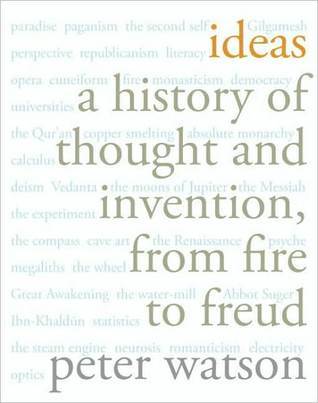So, when his treatise A Concordance of Discordant Canons, aka the Decretum, appeared in 1140 it was rapturously received right across the continent.42 Gratian attempted to rethink, reorganise and rationalise ecclesiastical law (which was of course the main form of law in a totally religious society) in such a way that blind custom was done away with. He did not always succeed but, after him, the law was much more subject to the test of reasonableness, so that it could be accepted by popes and local bishops and priests with more or less equal enthusiasm. It was liberating as well as unifying.
Welcome back. Just a moment while we sign you in to your Goodreads account.


